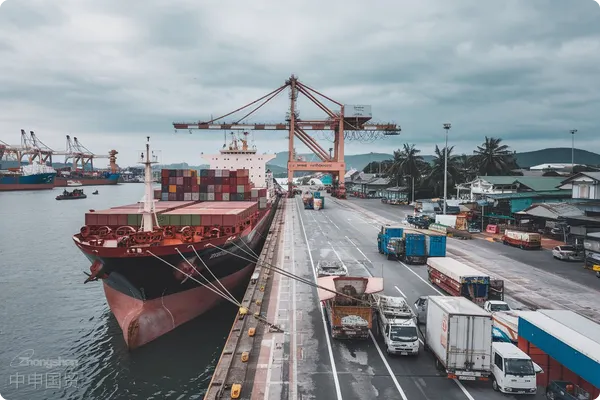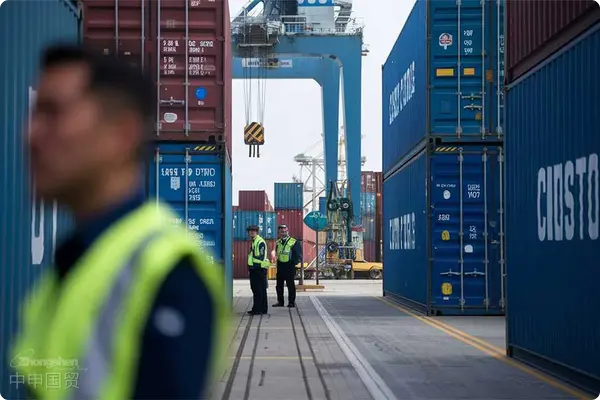- Shanghai Zhongshen International Trade Co., Ltd. - Two decades of trade agency expertise.
- Service Hotline: 139 1787 2118

Medicalequipment. For example, Indonesia has the SNI certification, Thailand has the TISI certification, and the Philippines has the BPS certification. It is necessary to confirm in advance the equipment voltage (such as 380V/50Hz in Thailand), the compatibility of the CE certification, and the proof of environmentally friendly materials.New market trends
As of 2025年第三季度, in our countryMedical Equipmentthe import volume is expected to exceed the scale of 23 billion US dollars, among which Class II and Class III medical devices account for more than 65%. On the policy side,the General Administration of Customs 2025 version of the Medical Device Classification Catalogueadds regulatory requirements for 7 types of equipment, and the transition period for the conversion of the EU MDR certification will officially end in February 2025年1. These changes are reshapingImport Representationthe technical threshold of services.
Core Value Matrix of Agency Services
- Systematization of Qualification Pre - review
- Verification of the Validity Period of Product Registration Certificates
- Tracking of the GMP Certification Status of Manufacturers
- Analysis of the Compatibility of Import Licenses
- Customization of Customs Clearance Plans
- Accurate HS Code Classification
- Sanitary Quarantine Plan for Special Items
- Judgment of the Applicability of Tax Reduction and Exemption Policies
End-to-end risk prevention and control system
An empirical study based on more than 500 medical device import cases shows thatInvalid Quality Certification(32%),Deviation in Customs Classification(25%),Missing Technical Documents(18%) constitute the main risk sources:
- Avoidance of Certification Traps: Cross - verification mechanism for FDA 510(k), CE MDR, and NMPA registrations
- Technology of Commodity Classification: Mapping relationship between the functional parameters of medical imaging equipment and the tariff notes
- Technical document management: Compliance conversion of ISO 13485 system documents and Chinese technical manuals
Evaluation Model for Agency Service Providers
High - quality agency service providers should possessTrinity ability structure:
- Regulatory database: Covers medical device regulations of over 30 major trading countries
- Emergency response mechanism: 2 - hour response standard for port emergencies
- Full - link visual system: Real - time tracking from the port of departure to the terminal hospital
Typical case analysis
In the case of a certain tertiary hospital importing a 3.0T magnetic resonance device, the agency service provider identified in advancethe risk that the FDA registration certificate was about to expire, coordinated with the US manufacturer to complete the certificate renewal, and avoideda 29 - day port detention loss after arrival at the port. This case verifiedthe pre - inspection and pre - review mechanismplays a key role in time cost control.
Operation suggestions for 2025
- Establish a dynamically updatedSupplier compliance file
- Allocate professionalMedical device classifier
- Sign a contract containingQuality dispute resolution clauseagency agreements
Related Recommendations
? 2025. All Rights Reserved. Shanghai ICP No. 2023007705-2  PSB Record: Shanghai No.31011502009912
PSB Record: Shanghai No.31011502009912










